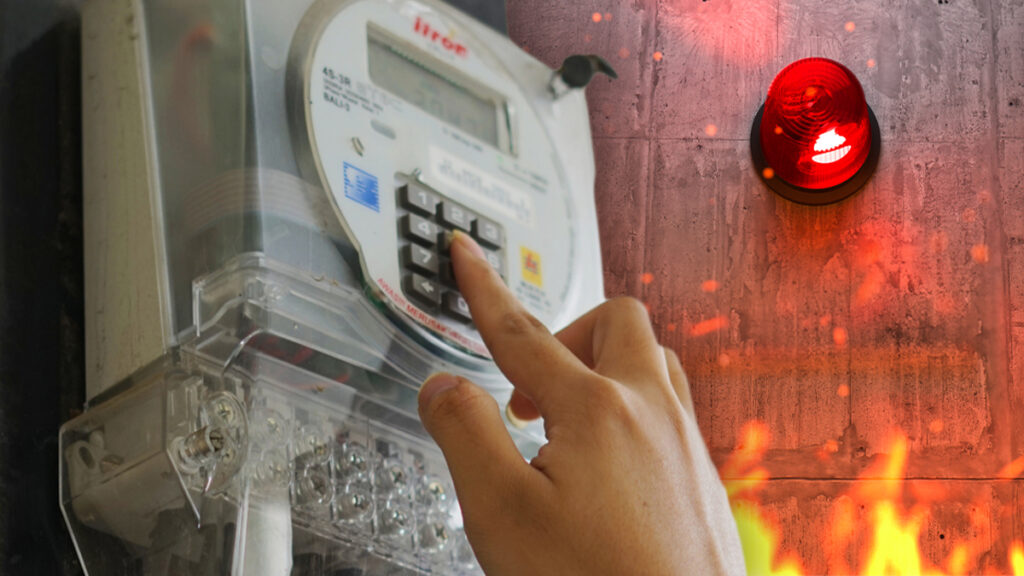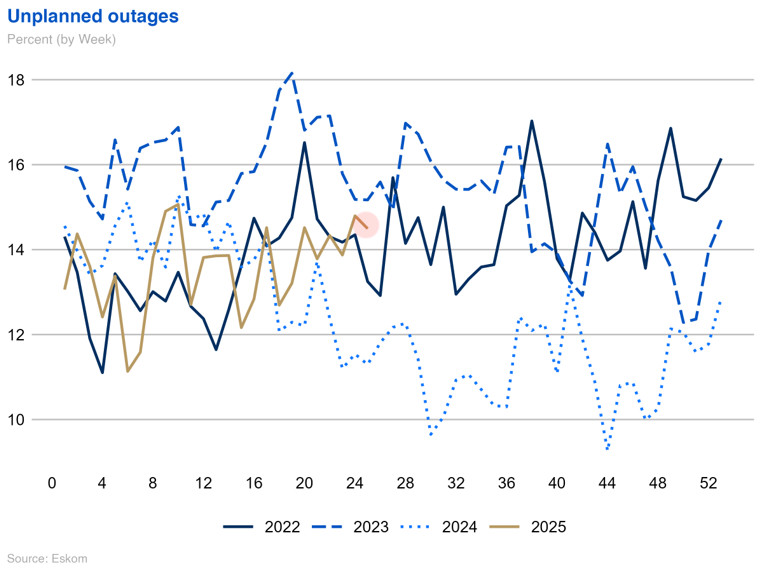Major corruption scandal hits Eskom

Power utility Eskom stated that it is still investigating the breach of its online vending systems (OVS), which led to widespread fraud and corruption related to prepaid tokens.
The group disclosed the breach in its full year results for 2024, noting that some of its own employees were implicated in the scandal.
The system, which is used to issue prepaid electricity tokens, was used to distribute fraudulent tokens, revealing critical vulnerabilities in the physical and digital components of Eskom’s systems.
According to the Bureau for Economic Research (BER), this reflects “a major internal corruption scandal” at the utility, as several of its former employees were implicated in a large-scale electricity fraud scheme that has cost the utility billions of rands.
During its previous financial year, Eskom estimated that electricity theft, including illegal tokens and bypassed meters, cost it roughly R23 billion in revenue.
“The scheme involved the creation and sale of fraudulent prepaid electricity tokens, using both outdated offline Credit Dispensing Units (CDUs) and the newer Online Vending System (OVS), which was ironically introduced in 2008 to curb this very issue,” it said.
“Insiders at Eskom helped criminal syndicates access the necessary equipment and system credentials to generate fake tokens, which were then sold on the black market at extremely low prices, sometimes as little as 25 cents per unit.”
Eskom this week said that it has already taken action on the system, even though investigations are ongoing.
It has undertaken a comprehensive review and has enhanced its systems to ensure better oversight and control of the system.
The utility said it has already buffed its internal controls to deal with electricity theft while reinforcing its physical infrastructure to limit all kinds of access. It has also boosted monitoring of the system.
The utility said that it has taken action against employees who were implicated in the theft.
“Internal employees who have been implicated have been placed on precautionary suspension pending further review,” it said.
However, sources told MyBroadband that the problem is much larger than Eskom has let on, and that high-ranking individuals at the company are potentially involved.
Eskom’s Group Chief Executive, Dan Marokane, said the full findings of its review of the matter will only be shared once the process is complete, “and the appropriate time for disclosure has been determined”.
“As Eskom continues to investigate and strengthen its systems and governance, it calls on stakeholders and its customers to remain vigilant and report any suspicious activity related to prepaid electricity tokens.”
Load shedding threat adds to the pain

Even as Eskom deals with its internal corruption, the utility is also dancing on a knife’s edge trying to keep the lights on in the rest of the country.
Notably, the utility has seen its level of breakdowns at power plants reach over 15,000MW—the level at which it predicted stage 2 load shedding would kick in, as per its winter outlook.
Eskom stated that if outages remain below 13,000 MW, load shedding can be avoided. However, if they hover around 15,000 MW, up to 21 days of stage 2 load shedding may occur over winter.
Despite this, and icy weather conditions, Eskom said it had enough available capacity to meet the evening peak this week.
The utility said this week that the power system remains stable, with emergency reserves in place and plans to return more near-term generation to service.
Scheduled maintenance has been scaled down to boost supply, and the Energy Availability Factor (EAF) is currently 60.61%.
However, unplanned losses (UCLF) rose, partly due to delays in bringing units like Medupi 4 back online.
According to the BER, diesel-powered open-cycle gas turbines (OCGTs), used as emergency backup, have also seen higher usage than last year.
“Although the weekly load factor dropped to 7.25%, year-to-date usage (11.37%) and fuel spend (R4.76 billion) remain elevated,” it said.
Eskom expects diesel usage to decline as more units return from long-term repairs.




















